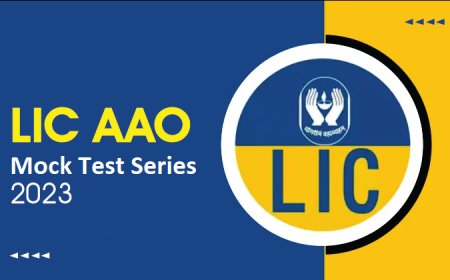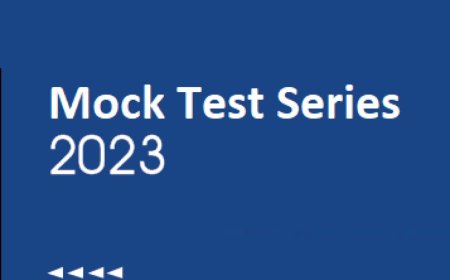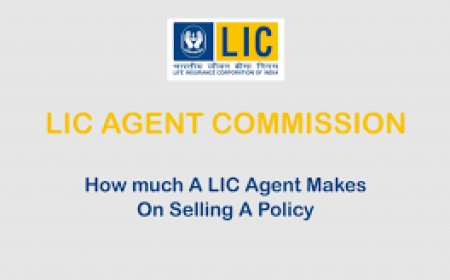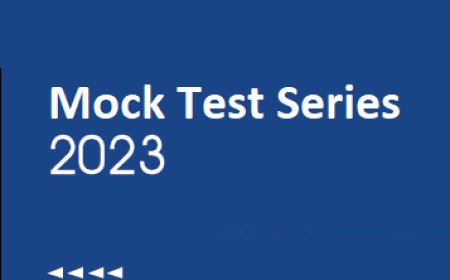AAO Exam-CT 8: Quant (Profit and Loss)
AAO Exam-CT 8- Quant (Profit and Loss)
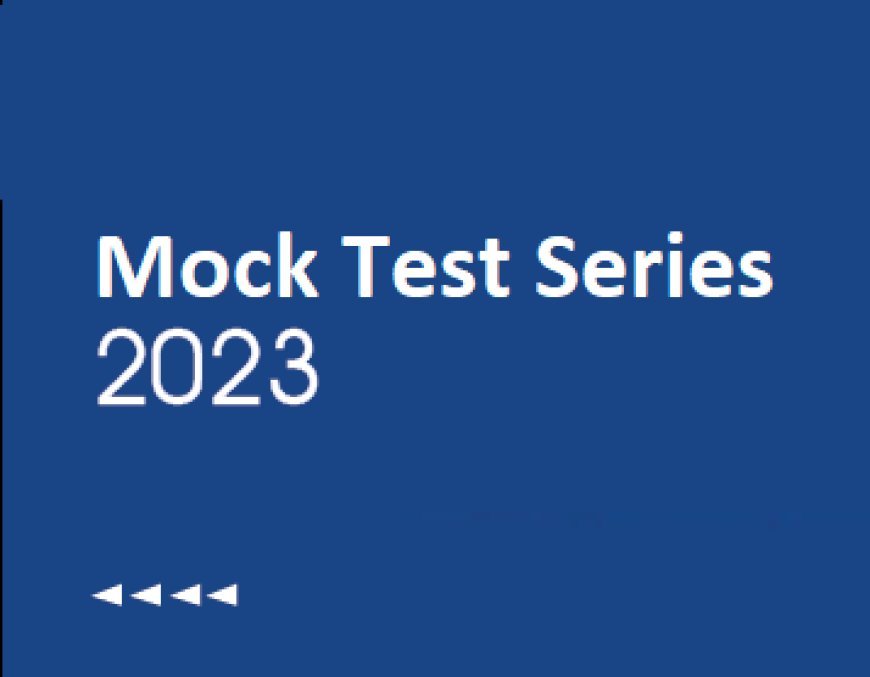
1. If a product is sold at a 5% discount, the selling price is Rs. 266. When selling it on Marked Price, if the profit percentage is 12% then find the Cost price of the product.
-
Rs. 210
-
Rs. 220
-
Rs. 230
-
Rs. 240
Given:
If a product is sold at 5% discount, the selling price is Rs. 266.
Formula used:
S.P = M.P × (100 – D)/100
Where,
S.P → Selling price
M.P → Marked price
D → Discount%
Calculations:
Suppose the marked price is Rs. M
S.P = M × (100 – 5)/100 = 0.95M
⇒ 0.95M = 266
⇒ M = Rs. 280
Marked price = Rs. 280
Now ,
112% of Cost Price = 280
Cost Price = 280/112 × 100 = Rs. 250
-
12.5%
-
15%
-
30%
-
10%
Given:
Purchase price of the almirah is Rs. 8000
Cost of its repair is Rs. 2000
And the selling price of the almirah is Rs. 12,500.
Formula used:
Profit = S.P – C.P
And Profit% = (Profit/C.P) × 100
Where, C.P = Cost Price and S.P = Selling
Calculation:
Total cost price (C.P) of the almirah = Purchase price + Repair cost
⇒ Rs. 8000 + Rs. 2000
⇒ Rs. 10,000
Now, Profit = S.P – C.P
⇒ Rs. 12,500 – Rs. 10,000
⇒ Rs. 2500
So, Profit% = (Profit/C.P) × 100
⇒ (2500/10,000) × 100
⇒ 25%
∴ 25% profit is earned by Prakash.
-
490 kg
-
430 kg
-
410 kg
-
None of these
Given:
Total fruits sold = 980 kg.
Profit percentage is 11% and 18% respectively.
Overall gain = 14%
Concept used:
We will be using the concept of alligation.
Calculation:
Using allegation,

Or 4 : 3
Total units,
7 units = 980 kg
1 units = 140 kg
3 unit = 420 kg
-
50 : 47
-
25 : 47
-
50 : 43
-
50 : 53
Given:
Investment of X and Y = Rs. 3000 and Rs. 4500 respectively
After 5 months, X invested Rs. 2000 more while Y withdrew Rs. 1000
Formula Used:
Profit = Investment × Time
Calculations:
Investment of X = Rs. 3000
Investment of Y = Rs. 4500
After 5 months, X invested Rs. 2000 more while Y withdrew Rs. 1000
⇒ Total investment of X after 5 months = Rs. (3000 + 2000) = Rs. 5000
Total investment of Y after 5 months = Rs. (4500 - 1000) = Rs. 3500
After 1 year,
Total profit of X = 3000 × 5 + 5000 × (12 - 5)
Total profit of Y = 4500 × 5 + 3500 × (12 - 5)
⇒ Ratio of profits of Y and X = (4500 × 5 + 3500 × 7) : ( 3000 × 5 + 5000 × 7)
⇒ Ratio of profits of Y and X = 47 : 50
∴ The ratio of profit of Y and X respectively after an year is 47 : 50.
-
3 months
-
2 months
-
7 months
-
9 months
Given:
Ratio of P and Q capital = 5 : 2.
Formula used:
Share of profit = amount invested × time period
Calculation:
Ratio of share of profit = P : Q
(5 × 10) : (2 × t) = 5 : 1
t = 5 months
-
12%
-
15%
-
14.5%
-
13.5%
Given:
The Cost Price of the two books = Rs.700
Profit on selling one book = 10%
Profit on selling another book = 15%
Formula Used:
If an article is sold at a Profit of x%, the Selling Price becomes:
SP = [(100 + x)/100] × CP
Calculation:
The Cost Price of the two books = Rs.700
Selling price of first book = (100 + 10)/100 × 700 = Rs.770
Selling price of second book = (100 + 15)/100 × 700 = Rs.805
Total Cost price = 700 + 700 = Rs.1400
Total Selling price = 770 + 805 = Rs.1575
Total profit = 1575 - 1400 = Rs.175
Profit% = 175/1400 × 100 = 12.5%
∴ The total profit percentage is 12.5%.

The total percentage when CP of two object is same = The average of profit%
⇒ (10 + 15)/2 = 25/2 = 12.5
∴ The total profit percentage is 12.5%.
 Mistake Points
Mistake Points
This is possible on when CP is same and for two articles.
Don't use the formula of successive percentage(net percentage)
-
Rs 8500, loss of 20%
-
Rs 6400, Loss of 10%
-
Rs 7200, Profit of 10%
-
Rs 6400, Profit of 10%
Given:
Mark up = 25%
S.P. = Rs 6480
Successive discounts = 20% and 10% each.
Formula used:
Marked price – (discount × marked price/ 100) = Selling price
Cost price = Marked price/ (1 + (r/ 100))
Where, r = marked up %
Loss % = ((C.P. – S.P.) / C.P.) × 100
Effective discount% = a + b – ((a × b)/ 100)
Where a, b are successive discounts in %
Calculation:
Effective discount % = 20 + 10 – (20 × 10/ 100)
⇒ Effective discount = 30 – 2
⇒ Effective discount = 28%
⇒ Marked price of article = 6480/ (1 – 0.28)
⇒ M.P. = 6480/ 0.72
⇒ M.P. = 9000
C.P. of article = M.P. / (1 + 0.25)
⇒ C.P. of article = 9000/ 1.25
⇒ C.P. of article = Rs 7200
Loss % = ((7200 – 6480) / 7200) × 100
⇒ Loss% = 720 × 100/ 7200
⇒ Loss% = 10%
∴ Cost price of article is Rs 7200 and loss % is 10%
-
Rs. 220
-
Rs. 330
-
Rs. 200
-
Rs. 400
Given:
Price of sugar and salt = Rs. 480
Ratio of weight of sugar and salt is 3 : 2
Ratio of price of sugar and salt is 2 : 3.
Calculation:
⇒ 12 units = Rs.480
⇒ 1 Unit = 480/12 = Rs.40
∴ Price of sugar = 40 × 6 = Rs. 240
9. Two friends Rahul and Roshan started a business by investing Rs. 24000 and Rs. 32000 respectively. They decide that 50% of the profit should be divided equally among them and the rest of the amount is divided into their investment ratio. If Roshan got Rs. 4000 more than Rahul, what is the total profit?
-
50000
-
53520
-
54050
-
None of these
Given:
Invest amount of Rahul = Rs. 24000
Invest amount of Roshan = Rs. 32000
Equally divided amount of profit = 50%
Divided amount of profit into their investment ratio = 50%
Calculation:
Let, the total profit = 100x
Investment ratio b/w Rahul and Roshan = 24000 : 32000 = 3 : 4
According to the question,
⇒ [(4/7) ─ (3/7)] × 50x = 4000
⇒ [(1/7)] × 50x = 4000
⇒ 100x = 56000
∴ Total profit = Rs. 56000
10. A man buys cotton at Rs. 2.5/kg with a minimum purchase of 20 kg. If he pays Rs. 80 for some cotton, by how much kilograms did his purchase exceeds the minimum purchase?
-
15 kg
-
10 kg
-
17 kg
-
20 kg
Formula Used:
Total Price = Rate × weight purchased
Calculation:
Assume he buys x kilograms of cotton at Rs.2.5/kg
⇒ 2.5x = 80
⇒ x = 80/2.5 = 32
∴ The amount that exceeds the minimum purchase = 32 – 20 = 12 kg
